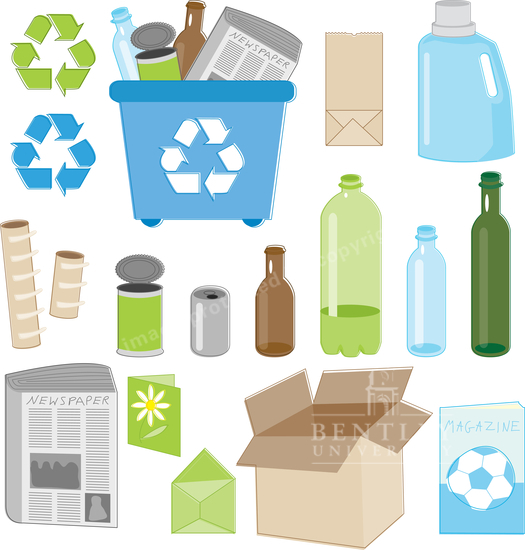
Sustainability Programs Save Bentley More Than $150,000
In 2014, Bentley University’s Office of Sustainability overhauled the university’s campus waste program, focusing on ways to reduce on-campus trash through recycling and compositing, otherwise known as waste diversion. The team set a goal to achieve a 50% waste diversion rate by the end of 2017, up 34% from Bentley’s starting benchmark. One year later, Bentley has exceeded this goal, which in turn saved the university $170,000.
“As on any college campus, it is a great challenge to accommodate the waste that the Bentley community creates each day,” says Natalie Berland, Manager of Sustainability. “The savings will only continue to increase as we continue to make waste diversion and reduction programs a top priority .”
Innovative Programing
The Office of Sustainability achieved a 50% diversion rate through:
- Enhancing waste collection points. The new program replaced upwards of 150 recycling toters across campus with new recycling dumpsters. Under the old program, toters were constantly overflowing, the addition of recycling dumpsters increased recycling capacity. New recycling and trash dumpsters were placed side-by-side in each outdoor location, making it easy for campus users to offload recycling and trash at the same time. “Previously, recycling on campus was collected by Facilities Management while trash dumpsters were picked up by our waste hauler, which was extremely inefficient from both a labor and cost standpoint,” says Berland. “By making sure that the trash and recycling dumpsters were next to each other and both handled by our resource management vendor, we were able to save money and increase recycling capacity.”
- Creating a robust compost program that collects food scraps from Sodexo’s campus kitchens and catering operations. The food waste is then sent to Rocky Hill Farm in Saugus where it is processed it into compost.
Future Goals
Over the next three years, Bentley hopes to become a zero-waste campus with a 90% diversion rate. Continued engagement of faculty, staff and students in resource reduction and recycling efforts will be critical to achieving this goal

